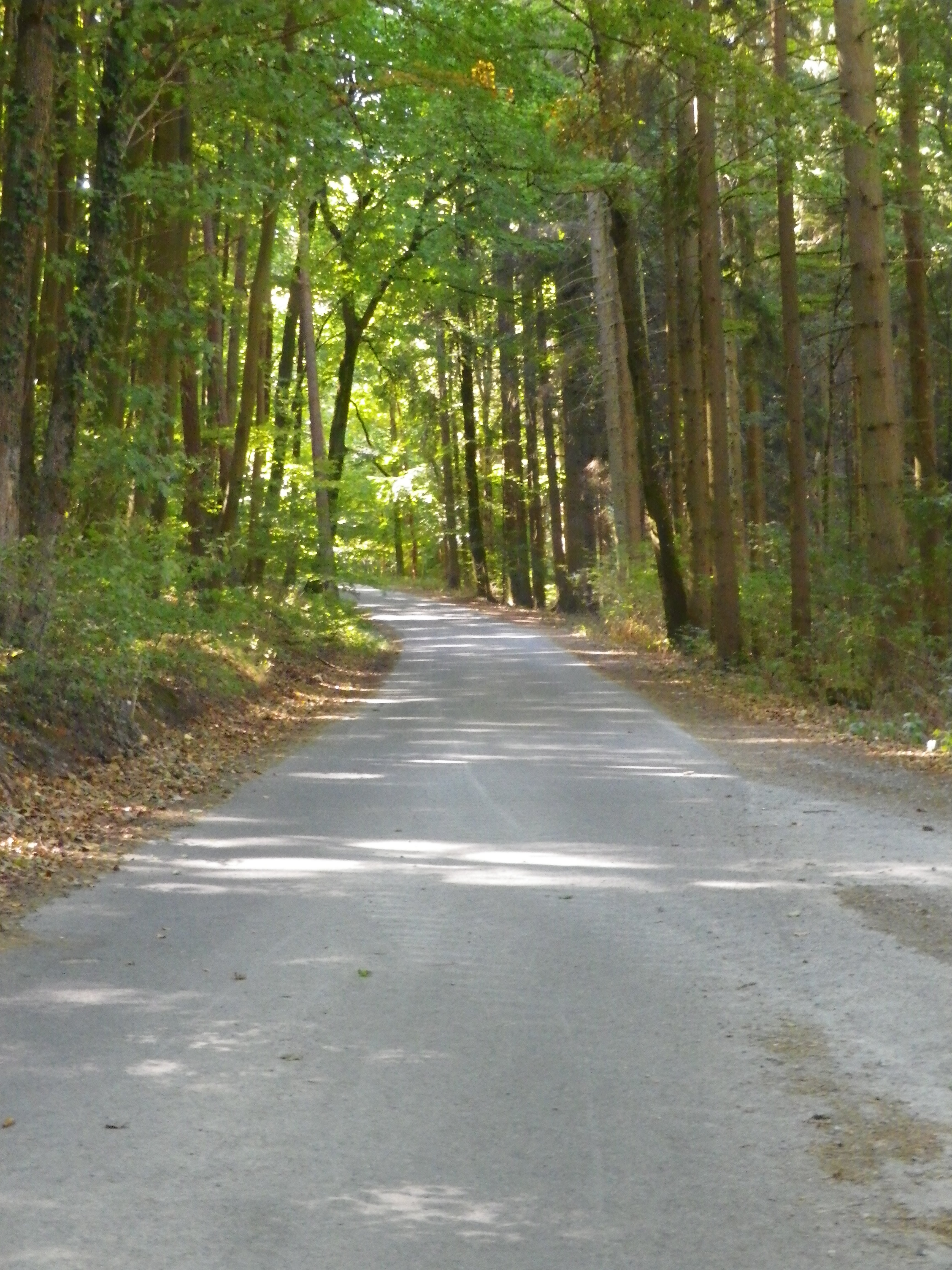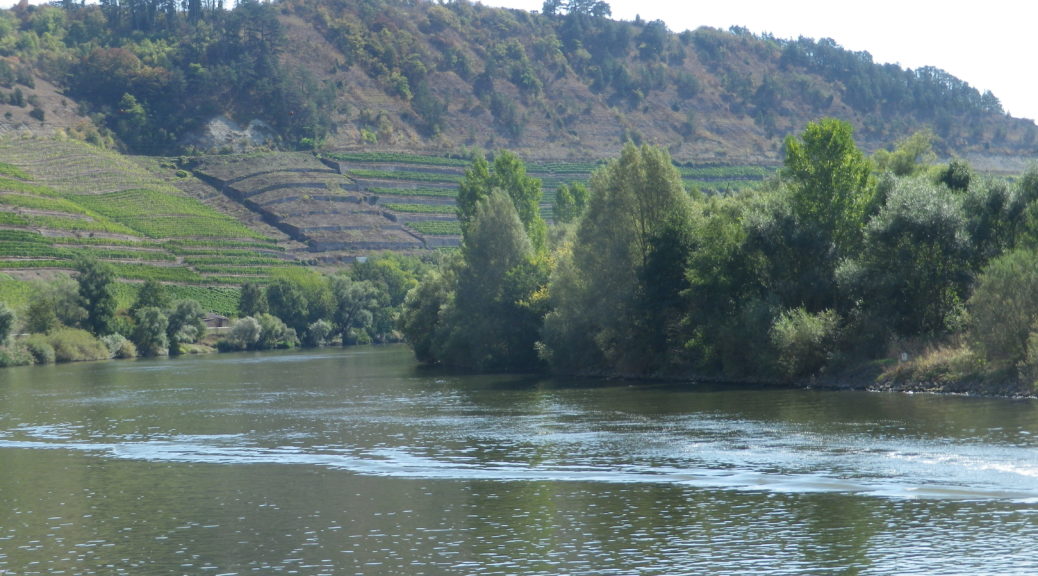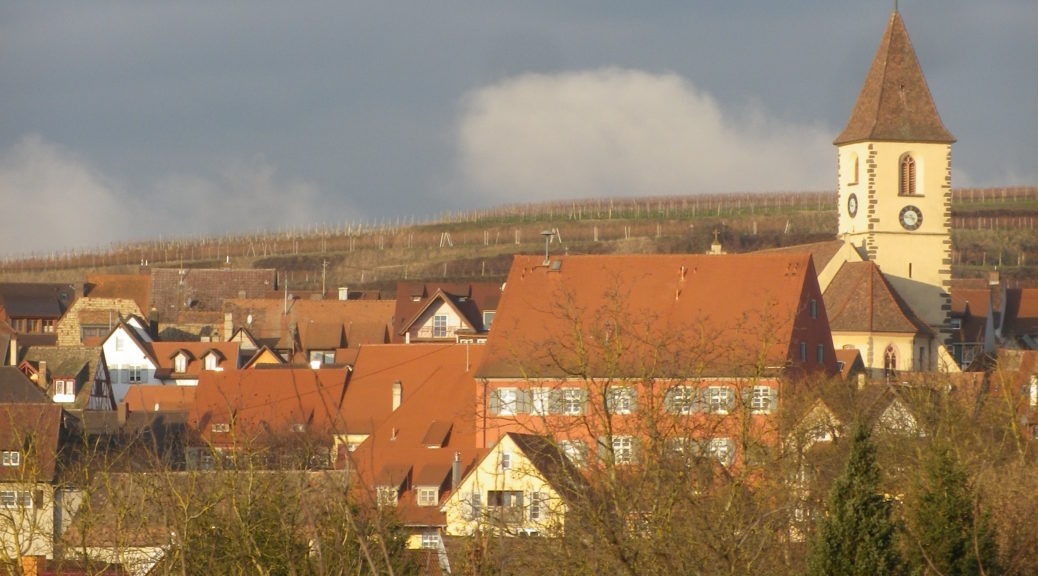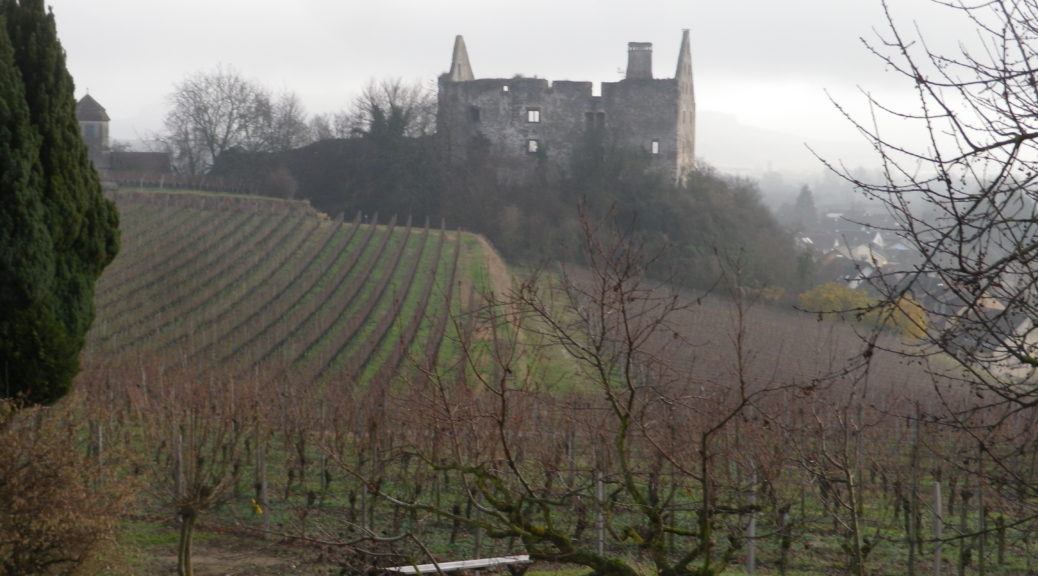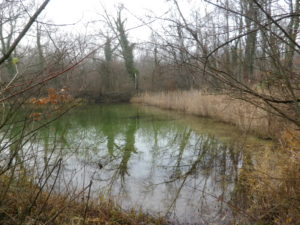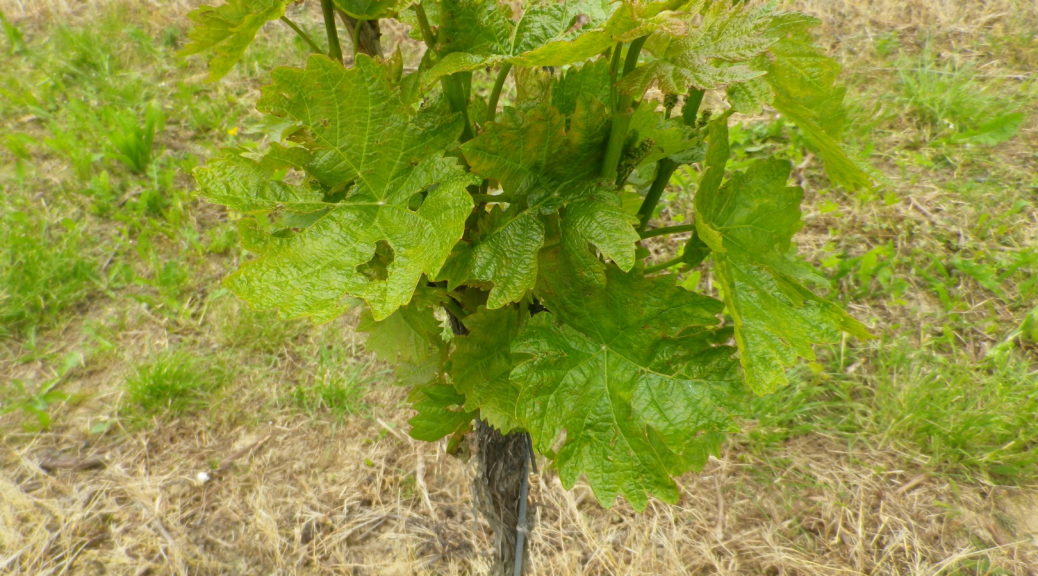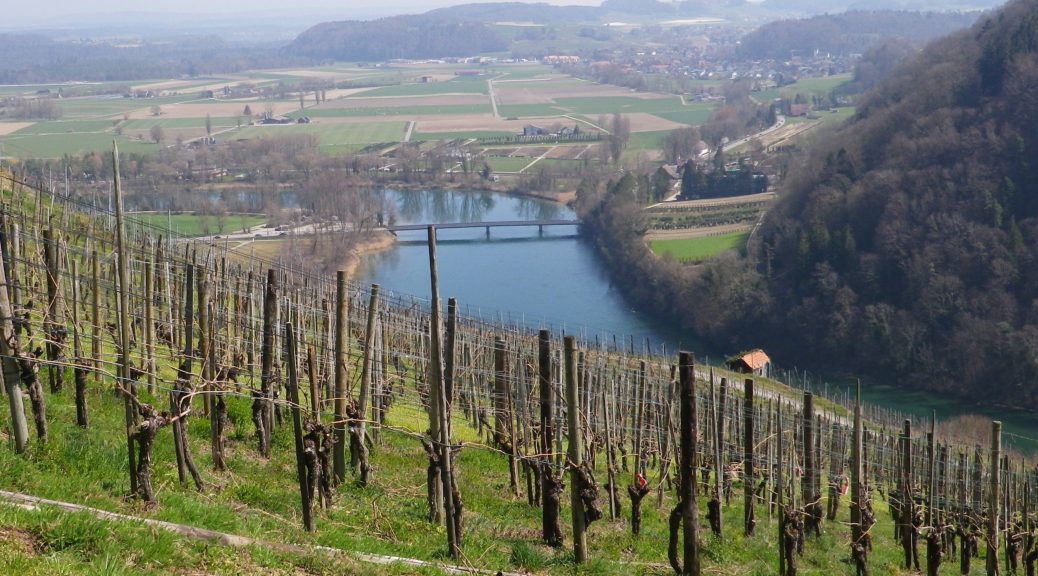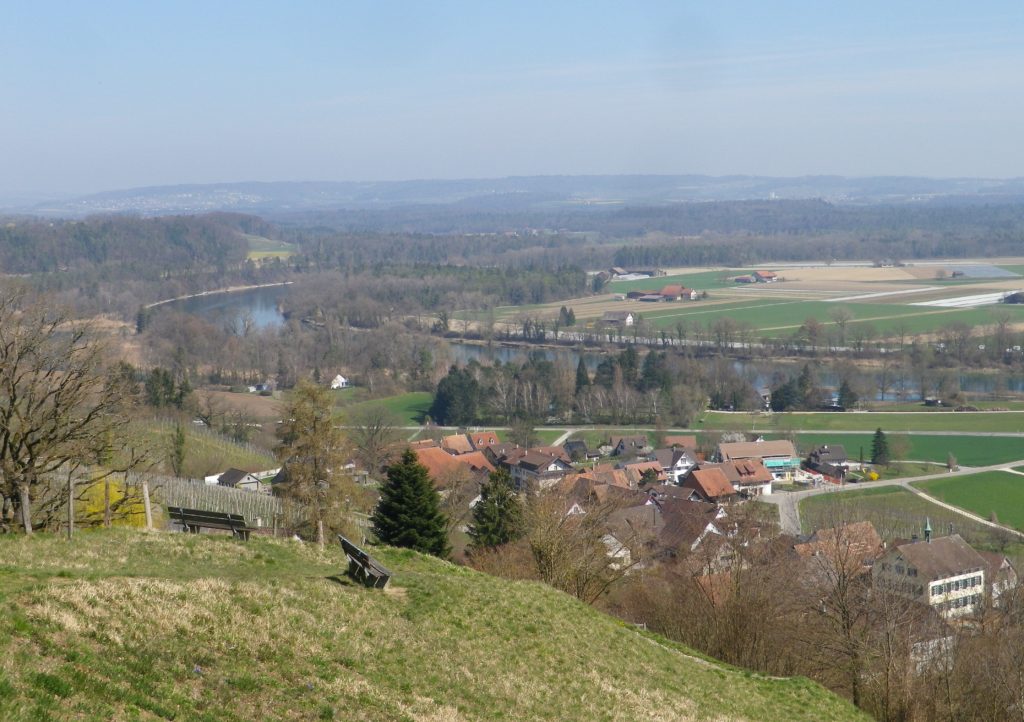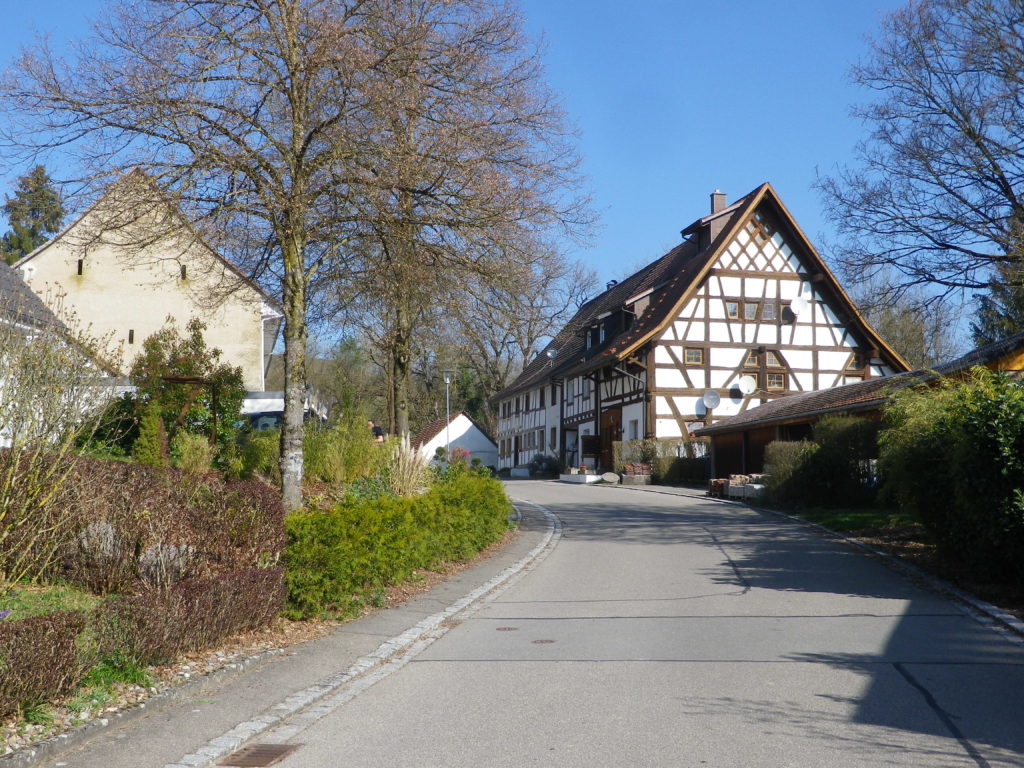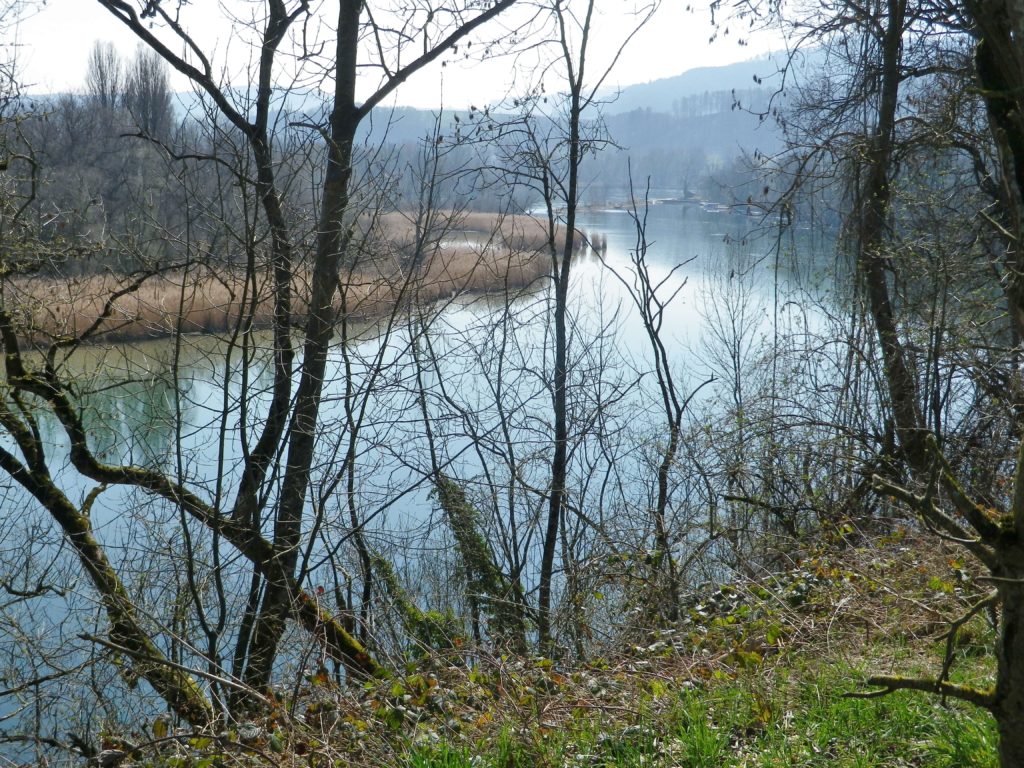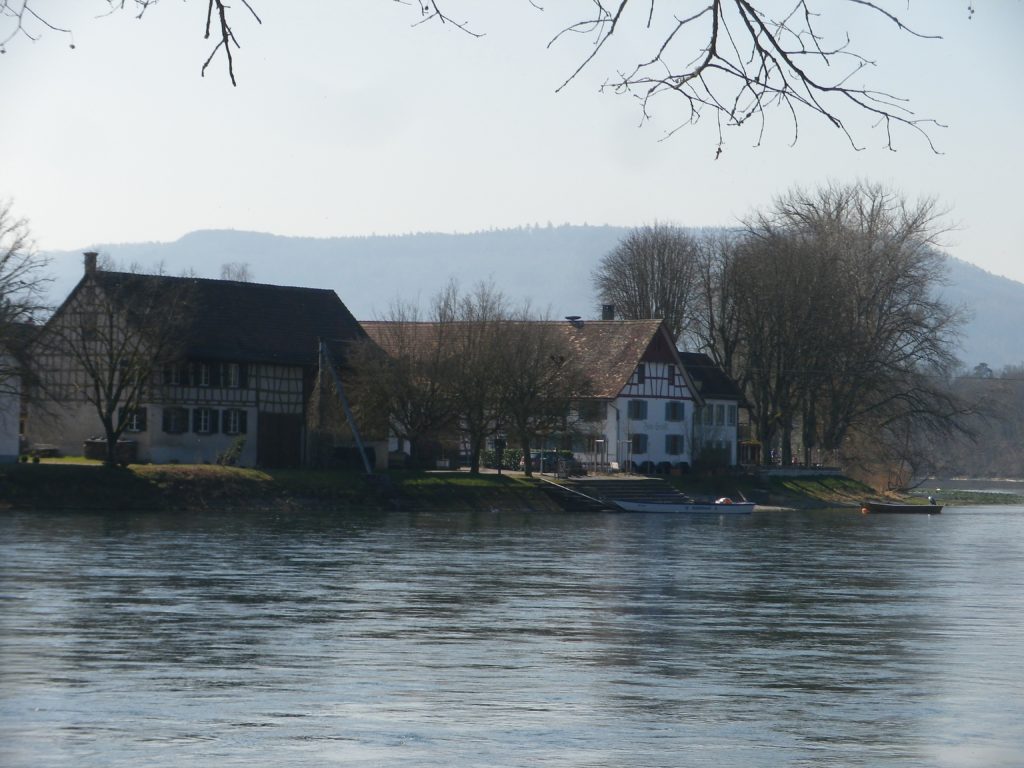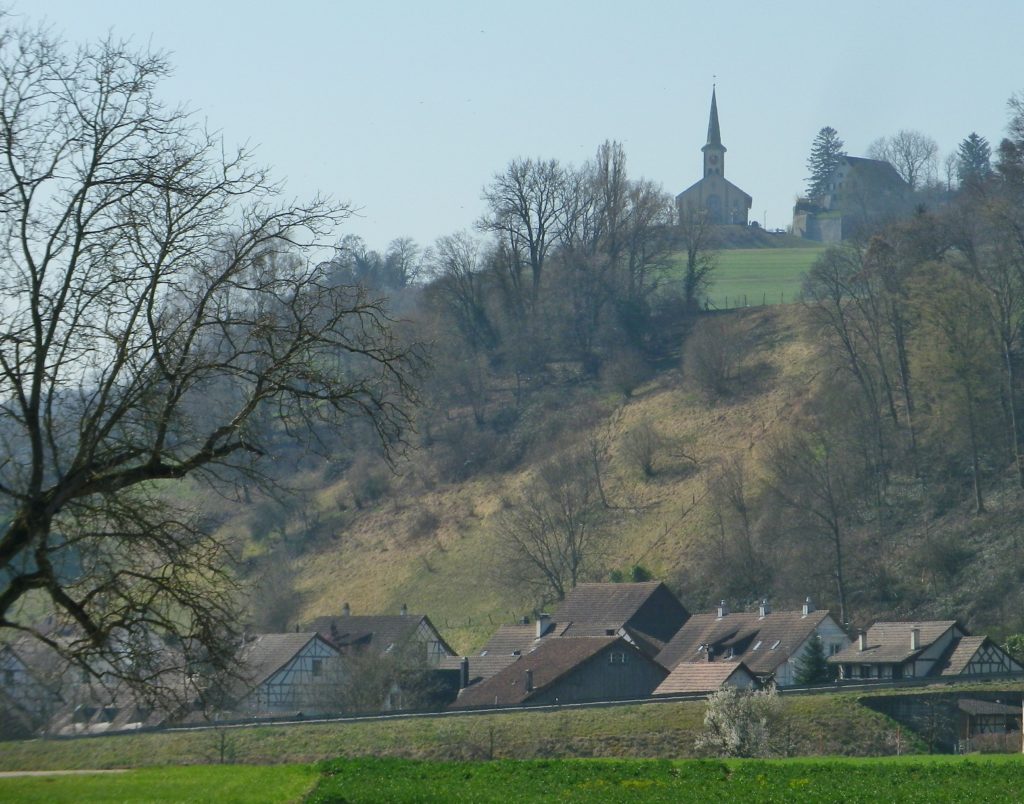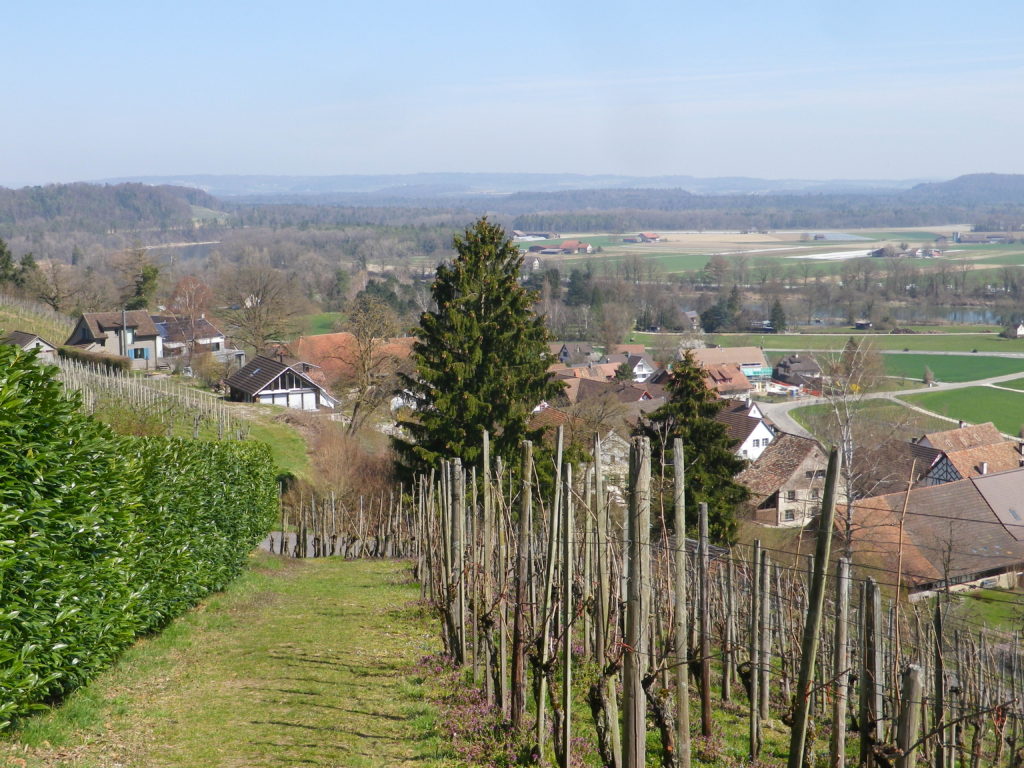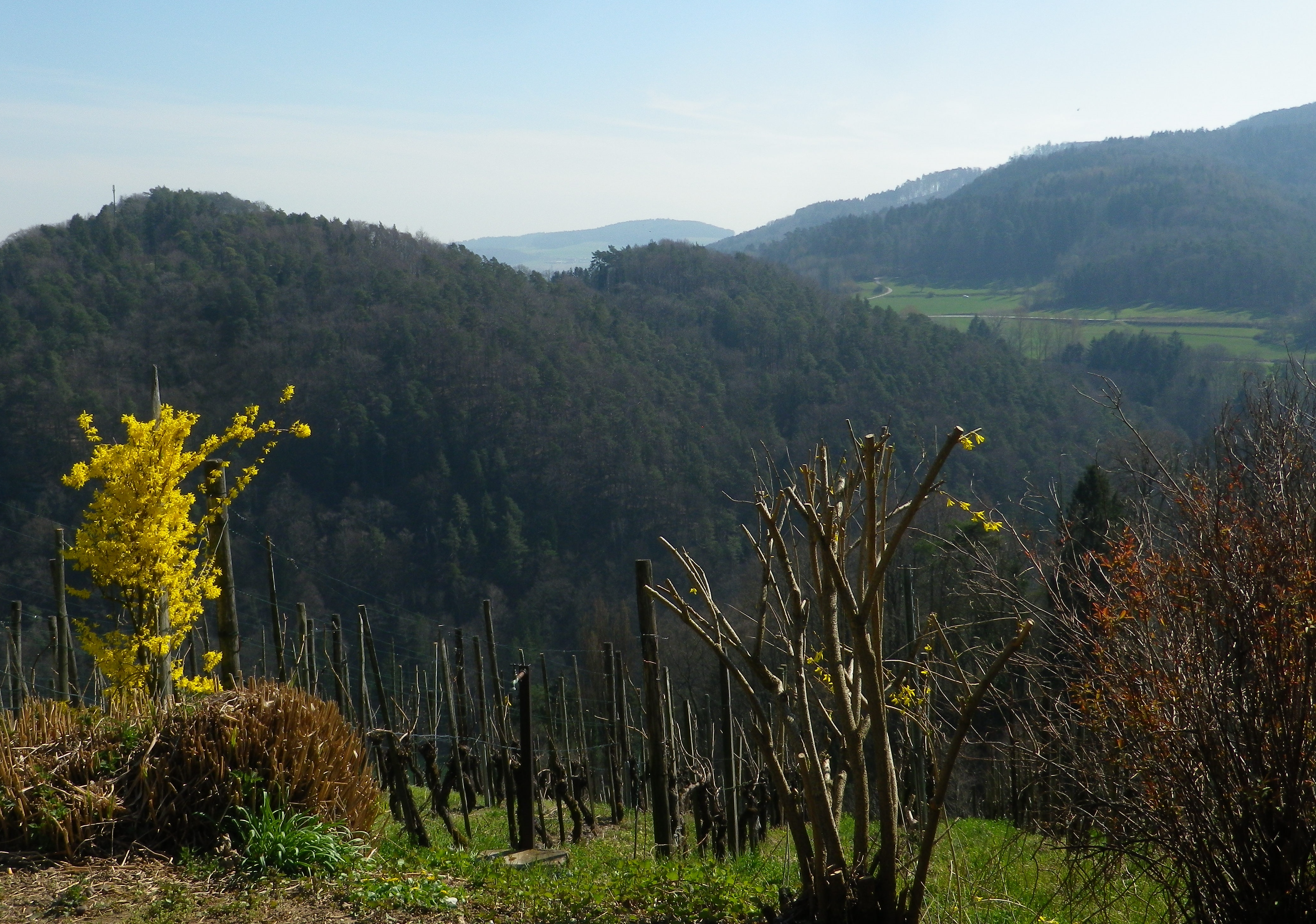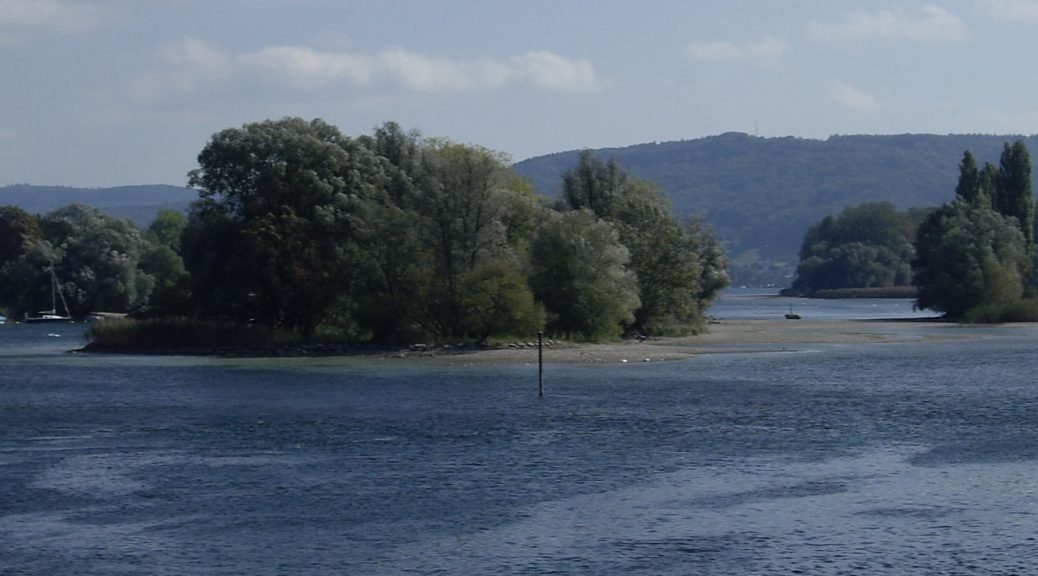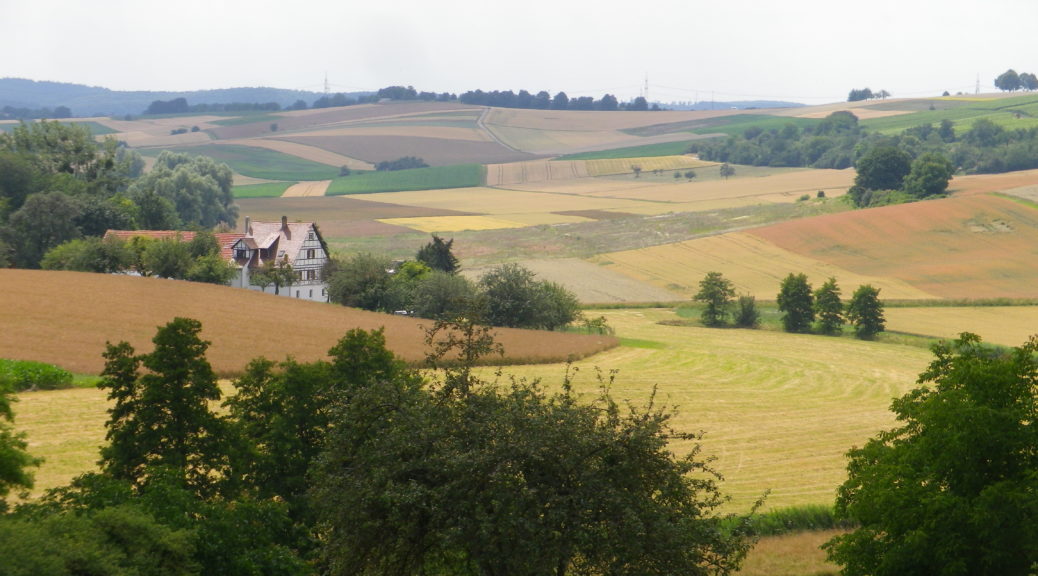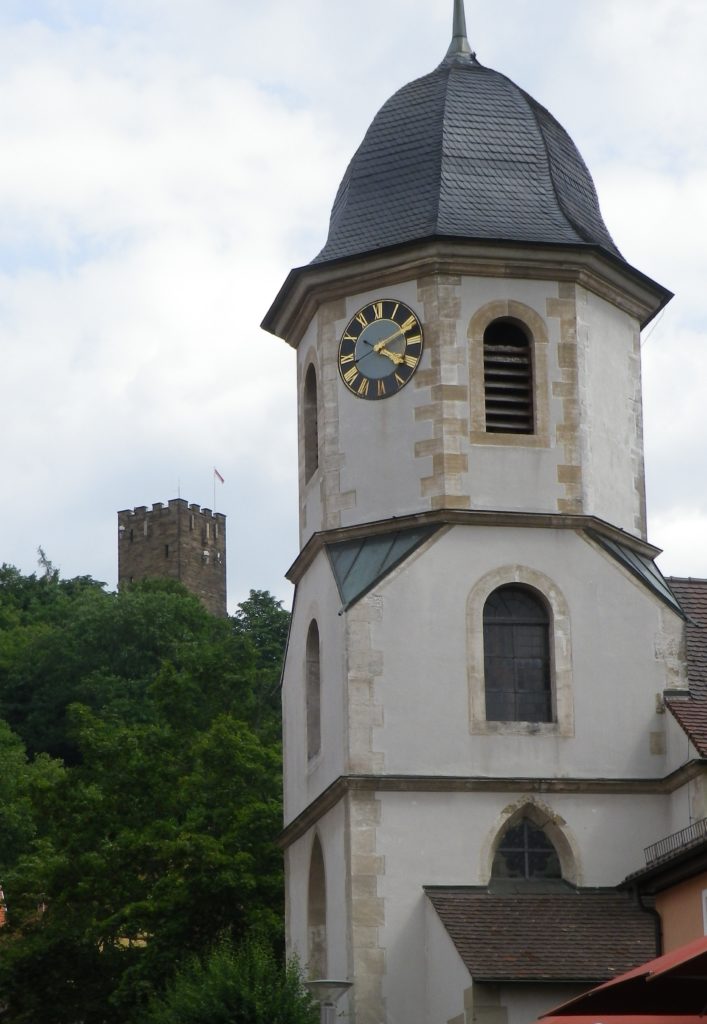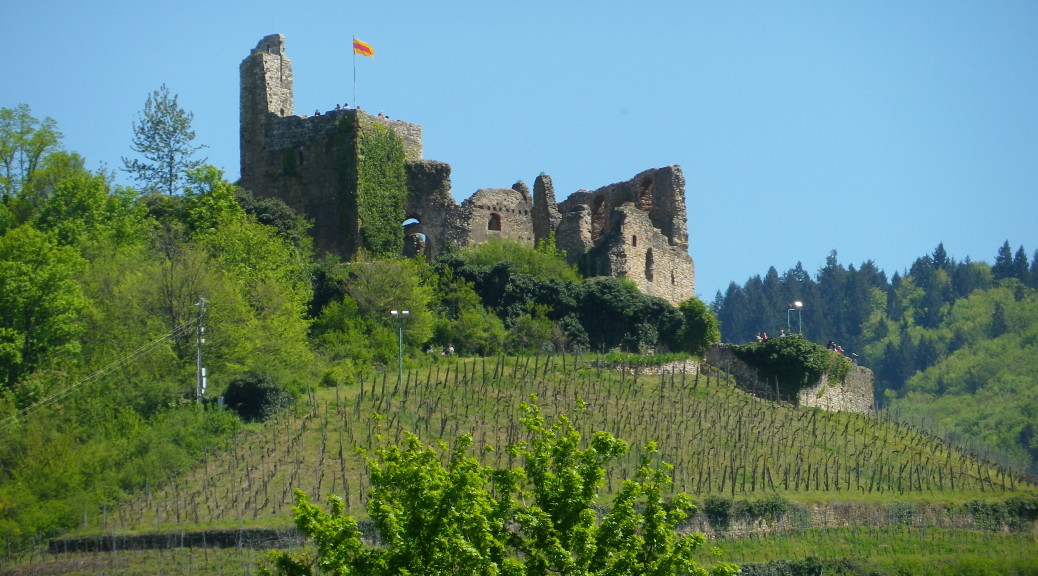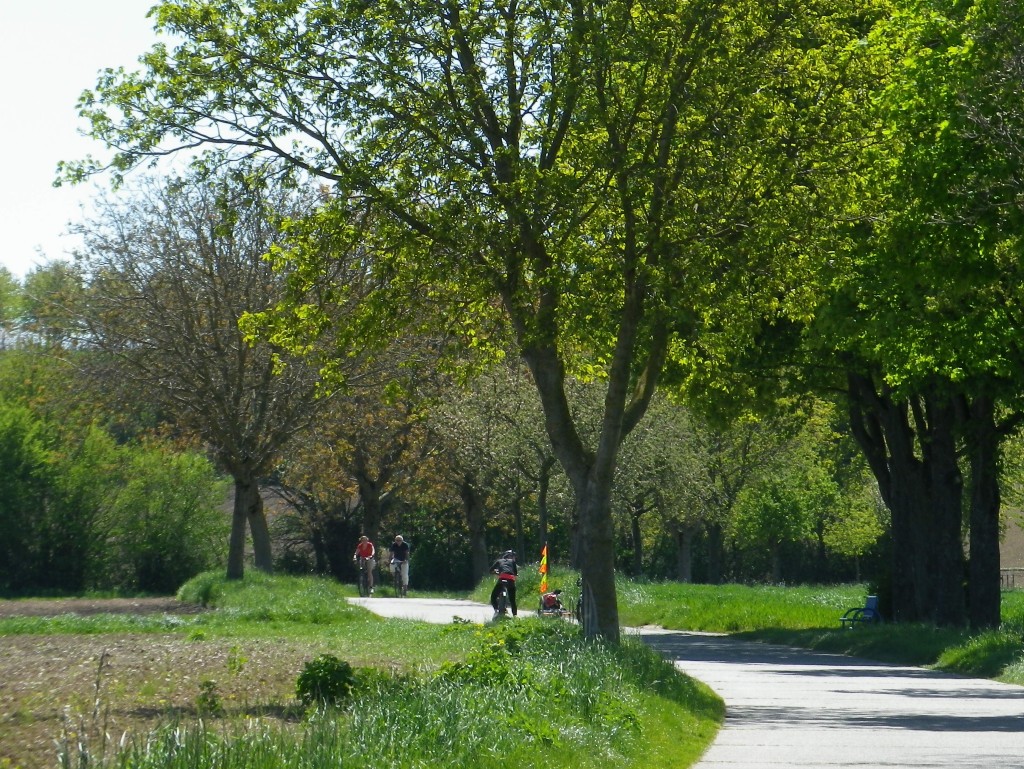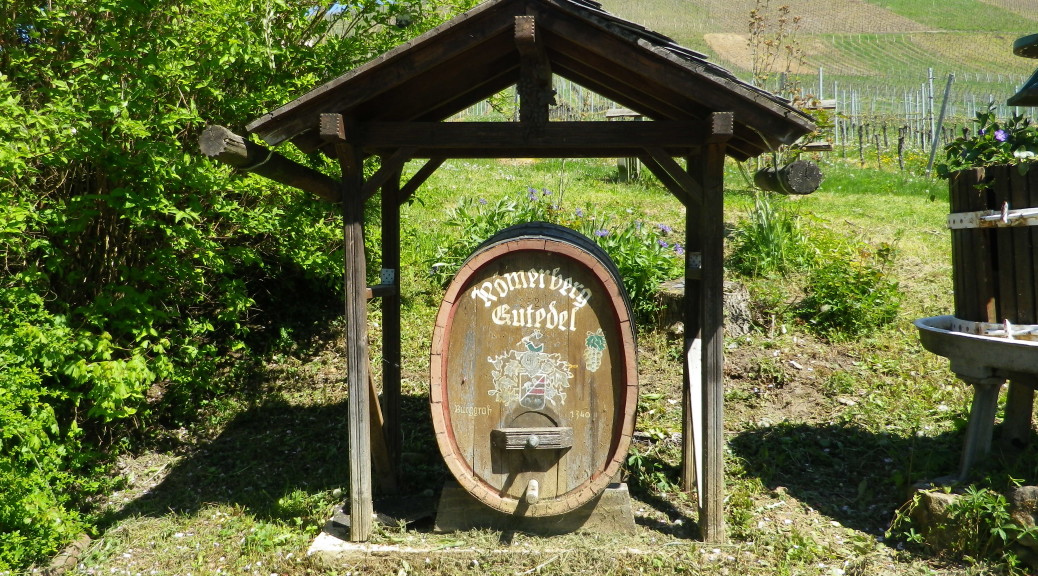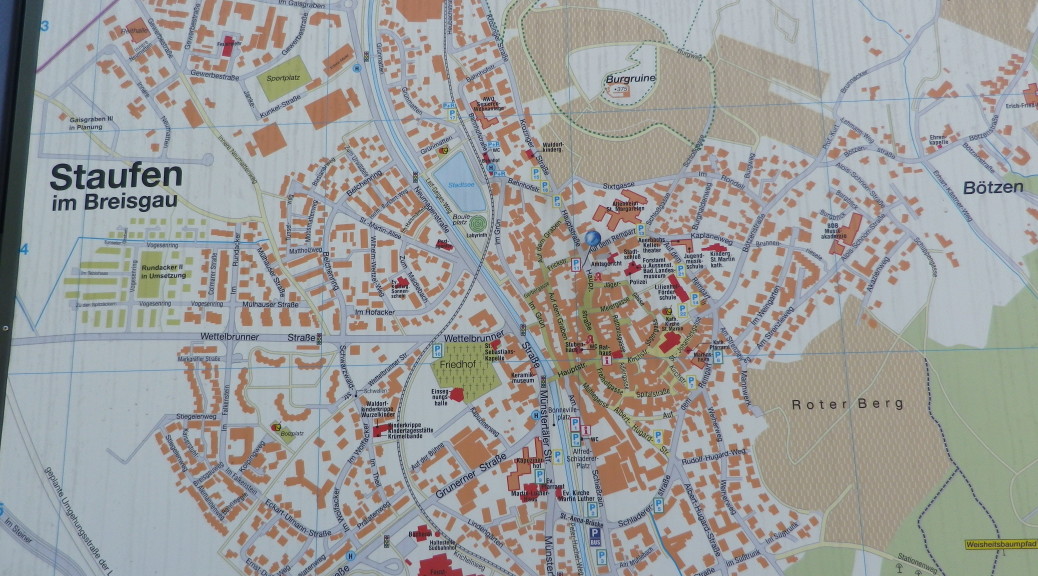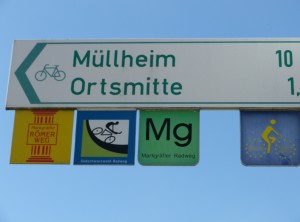Forty-five kilometers by bicycle through two wine regions, on a late September day with beautiful weather, on an easy itinerary in a quiet spot between Bavaria and Baden-Wuerttemberg – two different wine districts in two different wine regions. No wonder I was enjoying myself!
Neither Bavaria nor Baden-Wuerttemberg are wine regions, per se. Rather, the Franconian Wine Region’s Mainviereck wine district lies in this distant corner of Bavaria. Baden-Wuerttemberg (a political creation post-WWII, amalgamating the states of Baden and Wuerttemberg) both have wine regions named after them individually. Here, the vineyards belong to Baden’s Tauberfranken wine district.
Beginning in Bavaria, in Uettlingen, the trail proceeded through fields of wheat, slightly uphill, through and beyond the neighboring village of Remlingen, with its attractive church, reaching Tiefenthal through shady copses. At this point, the trail began to follow along the Erlenbach Creek, and for the remainder of the circuit, the trail followed waterways, with vineyards ranged along slopes rising above them.
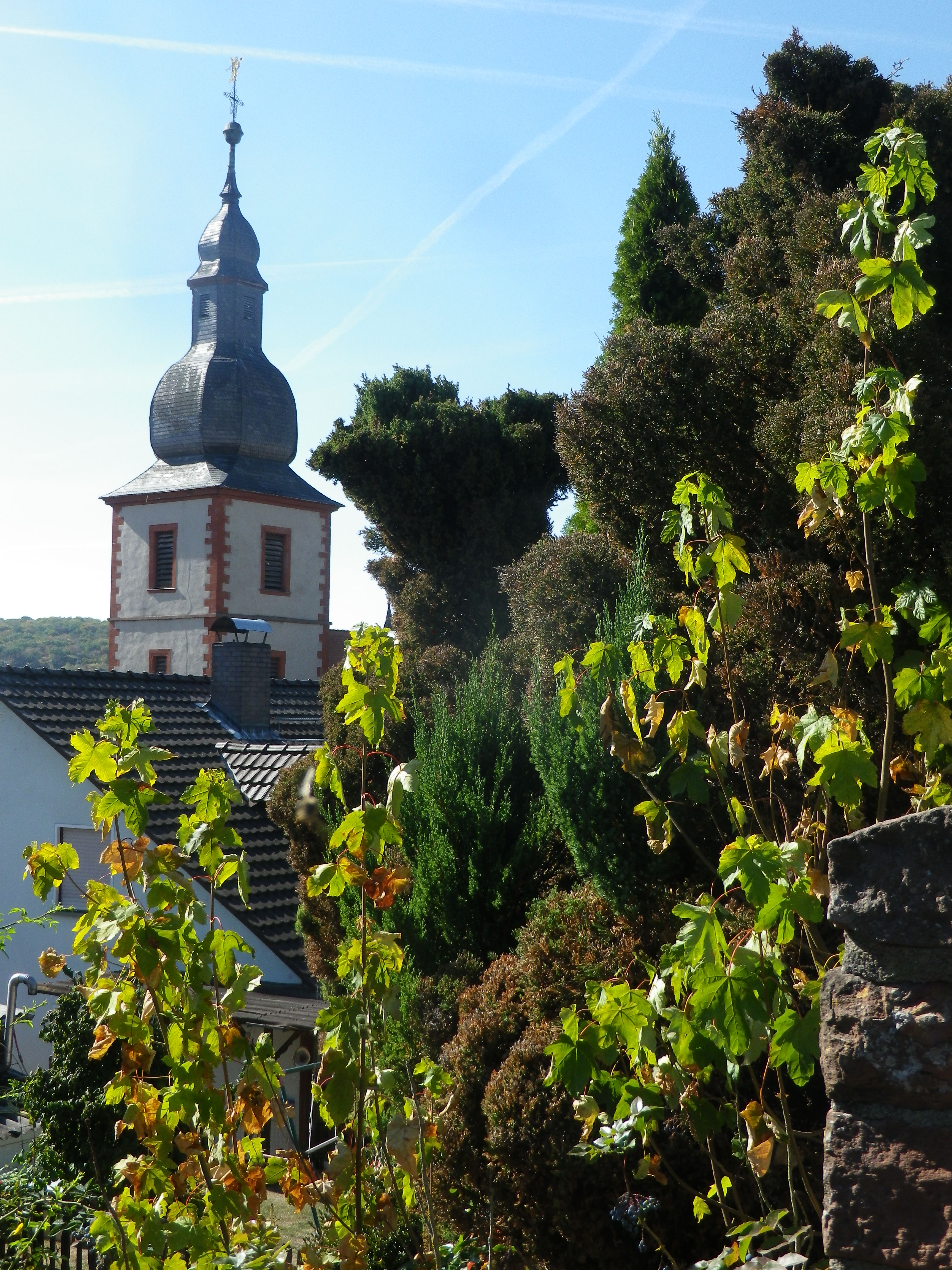
The Erlenbach Creek continued northwest, in its quest to join the Main River. But the trail diverged, leading into the delightful old town of Marktheidenfeld. Its historic center has its narrow lanes flanked by an architectural smorgasbord. (The Franck House is particularly interesting example of baroque architecture.) Museums, pubs, restaurants, and the lovely park along the Main, invite cyclists to stop and visit.
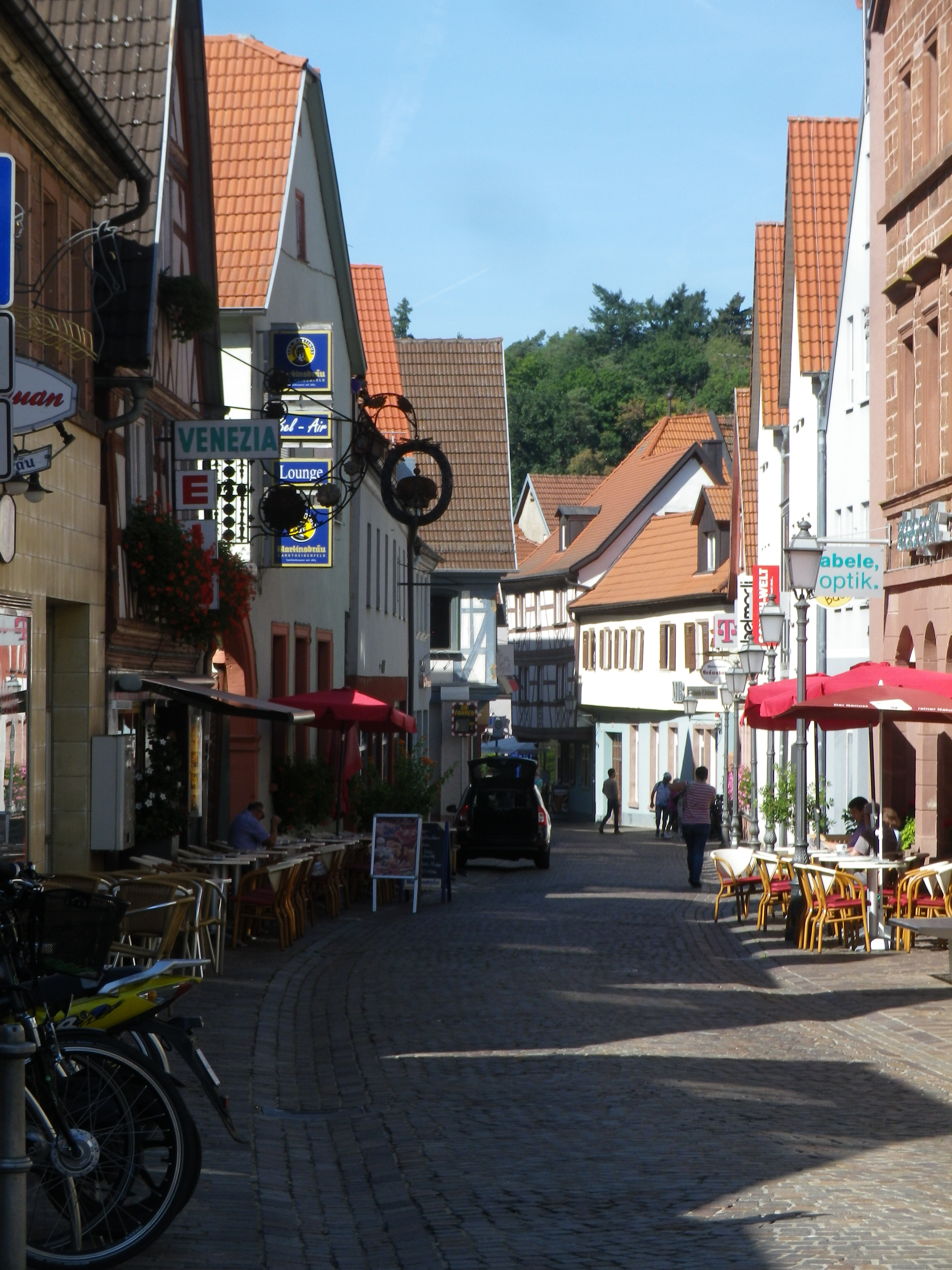
In Marktheidenfeld, the trail met up with one of my old favorites, the Mainradweg. This is a 600 km long itinerary following mostly along the river, and much of it is on dedicated bicycle path! So, I happily followed it south (downriver), crossing the Erlenbach where it joined the Main, enjoying the beauty and impeccable trail surface for quite some time. (Germany has some of the best bicycle paths in the entire world (IMHO)!)
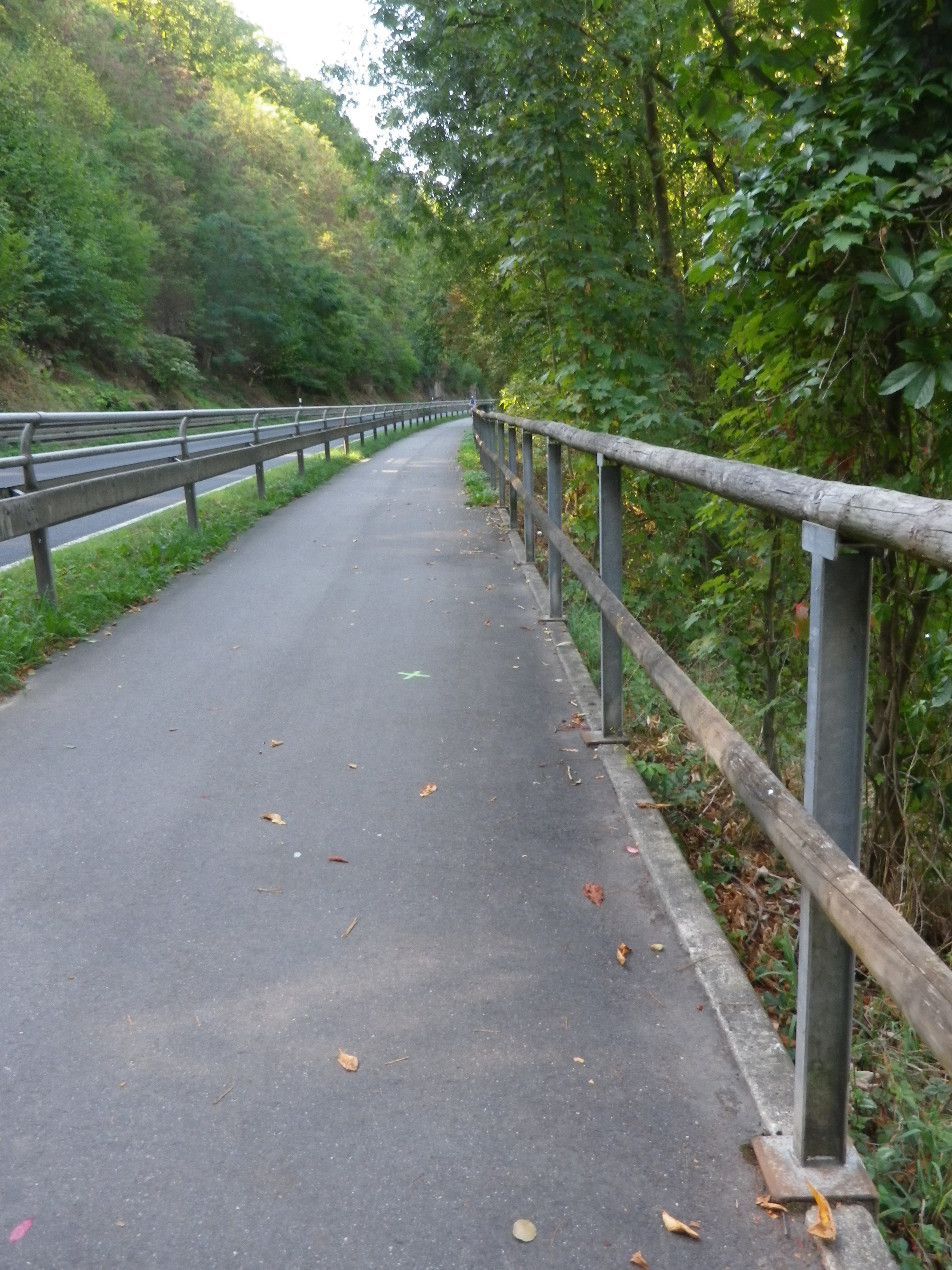
This very easy section of the itinerary would end, of course, but in the meantime, there are the sights and sounds of the river, from day boaters to small cruise ships, castles and monasteries on not-to-distant hilltops, and all sorts of waterfowl and fish, all enjoying the day.
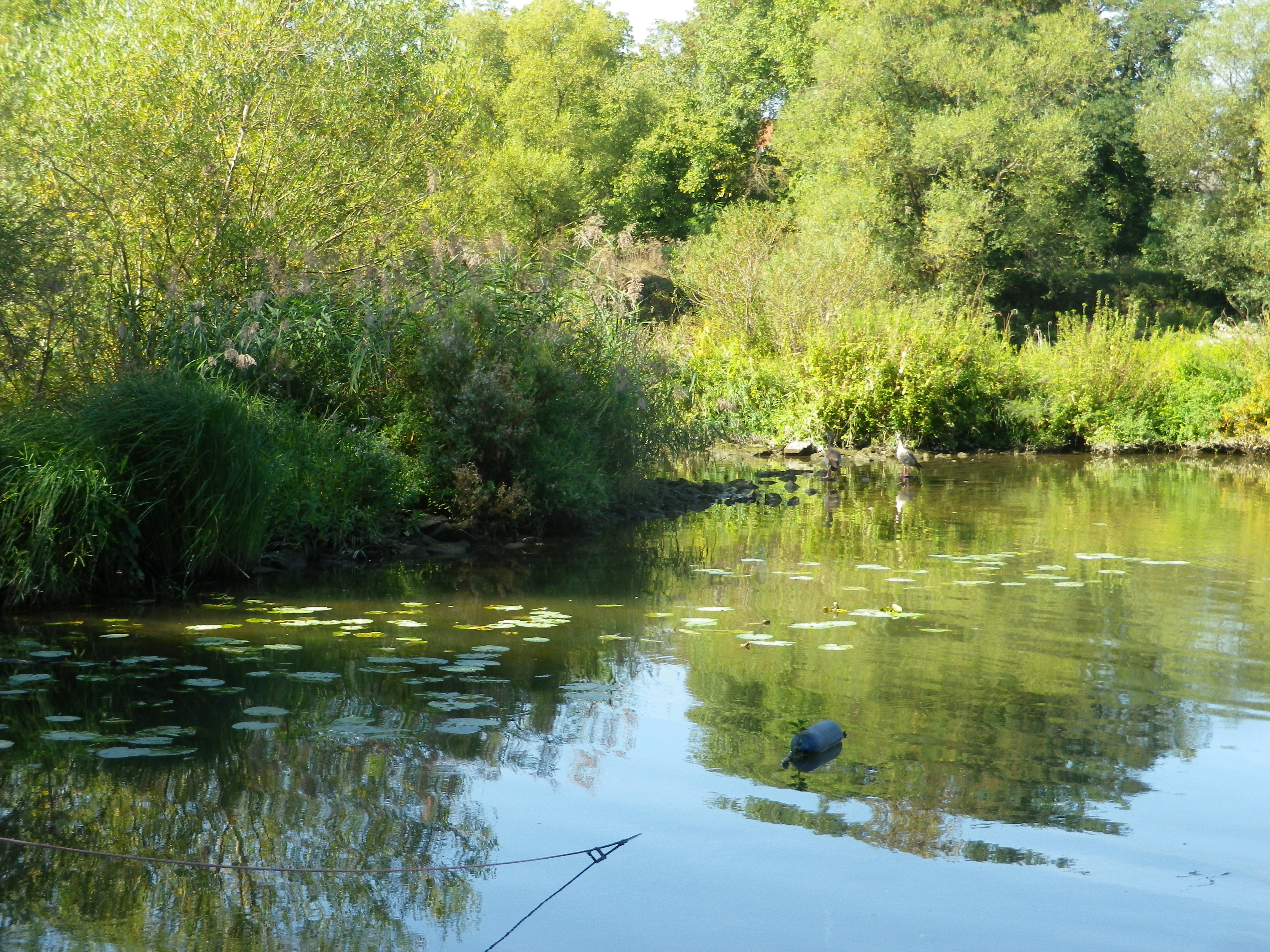
The trail soon reached Lengfurt and Homburg am Main, two villages with famous vineyards. One, the Lengfurter Oberrot, could be compared to a French Premier Cru, and the Homburg vineyard, the Kallmuth, is comparable to a Grand Cru. Wine here is serious business and has been since medieval times. A medieval monastery stands high atop the bank opposite Lengfurt, and a castle, the monastery’s political/military counterpart, sits atop the river bank in Homburg. (Find those combinations in European wine country, and good vineyards making good wine are usually close by.)
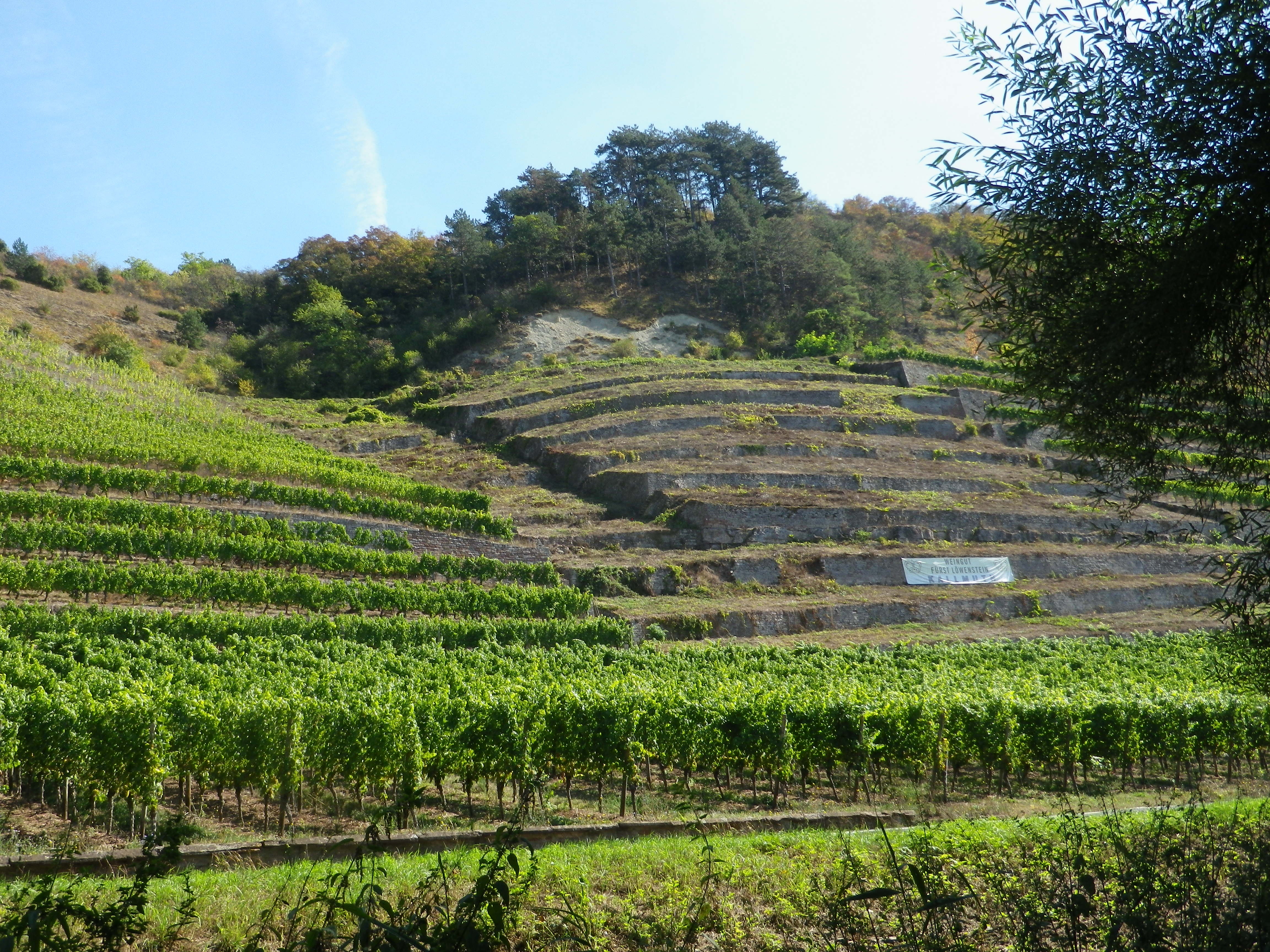
The Main is famous for its loops. The next village, Bettingen, marks the start of a narrow one, which would be less than 2000 feet/500 meters, from one side of the “peninsula” to the other. But before that, the trail crossed from Bavaria (usually more famous for its beer than its wine) into Baden-Wuerttemberg (more famous for its wine (which is hard to find outside Germany), and less famous for its beer). At Bettingen, the trail leaves the river, and climbs uphill, and traverses the highway on a pedestrian bridge, to Wertheim Village, a famous factory outlet “village”.
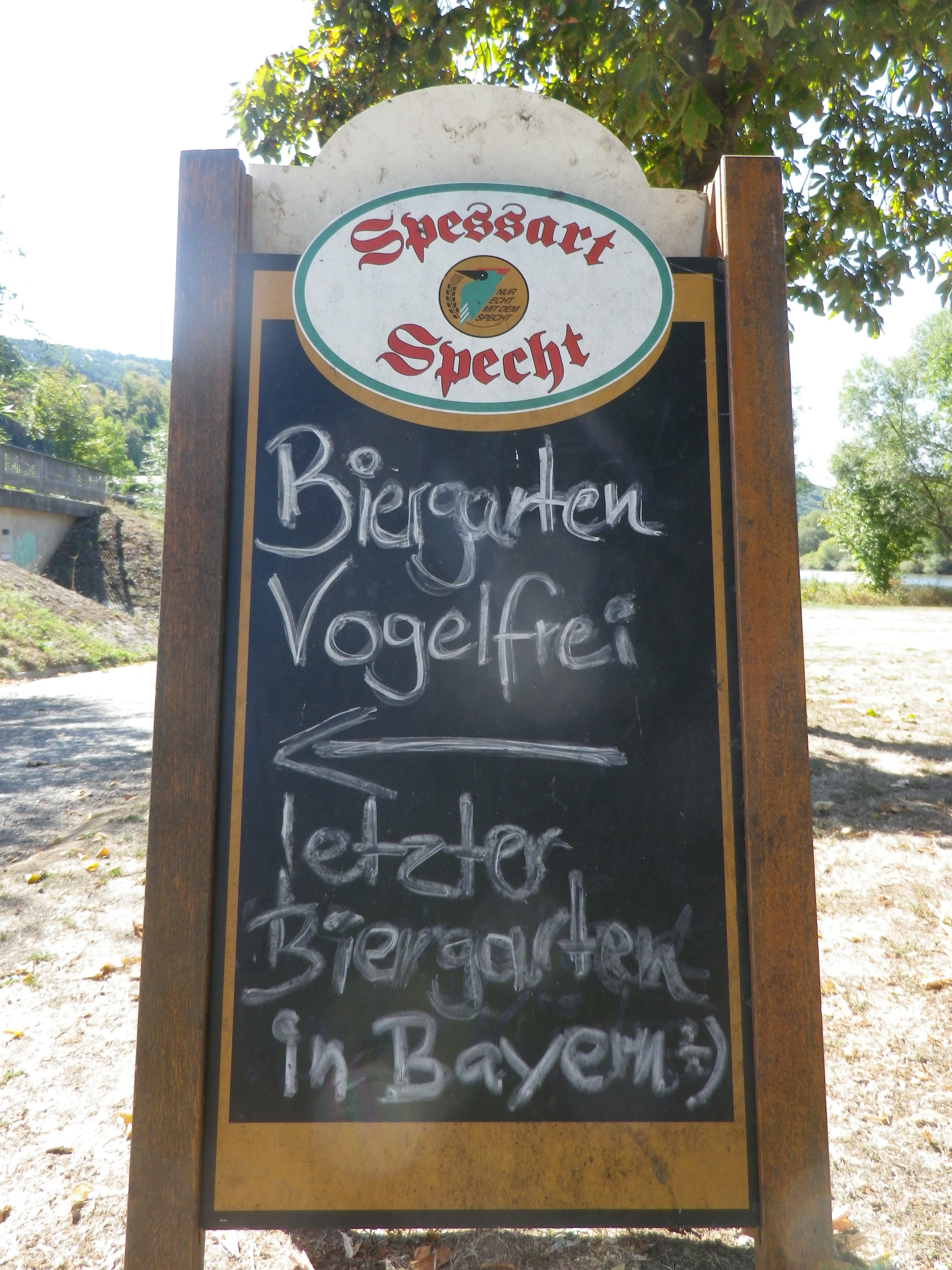
Cycling from the Main, high on a plateau, the trail lead through Baden’s Tauberfranken vineyards, interspersed with fields and forests. The trail followed a little creek upstream, leading to one of the last surprises of this itinerary: a huge monastic complex in the tiny village of Holzkirchen. Now, a center for meditation and mindfulness, it was set against a backdrop of deep forest green and quiet gardens, with the little Aalbach creek gently trickling by.
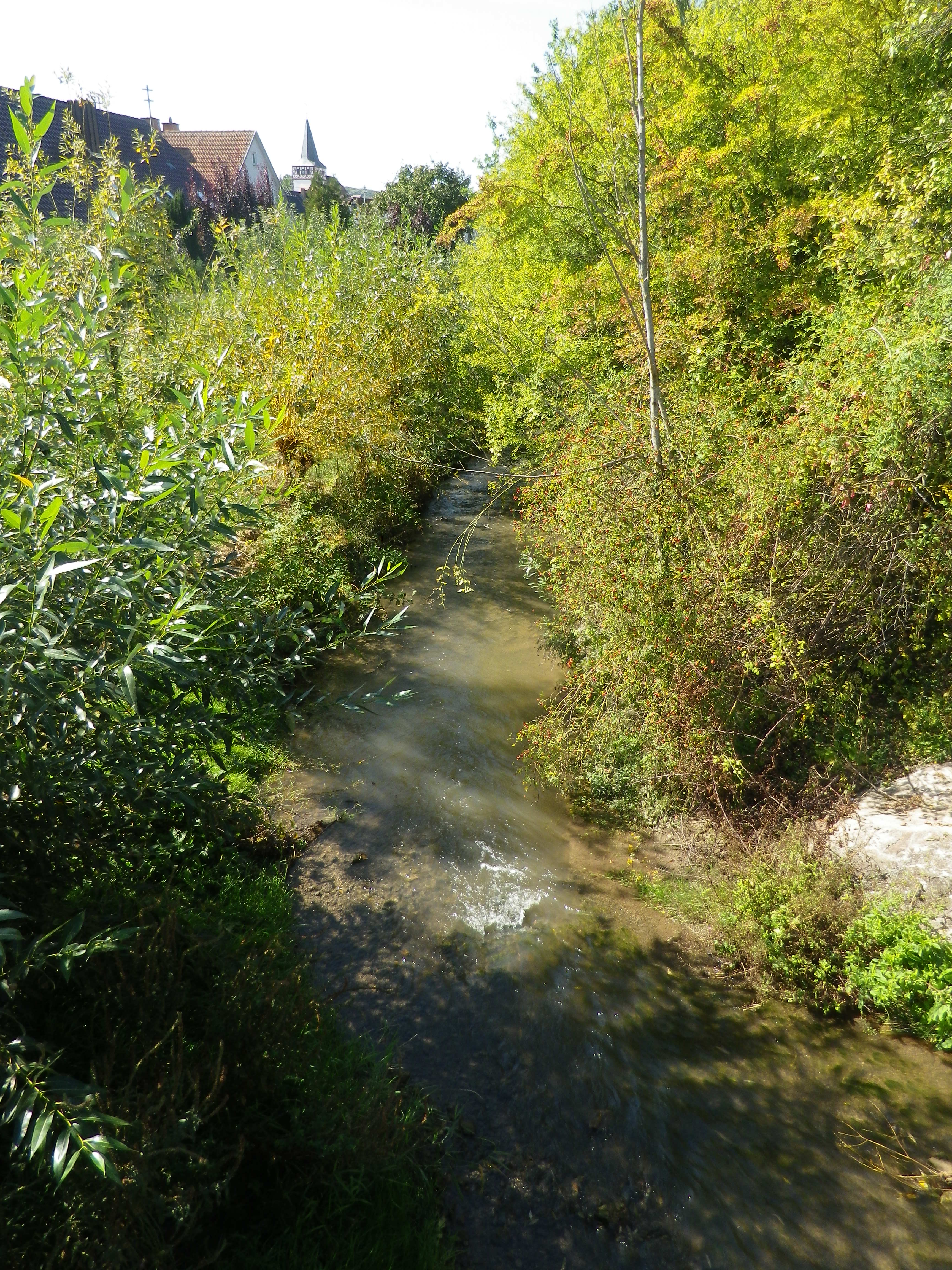
On the way back to the start, through a still forest on a soft trail, I realized the dichotomous aspects of the experiences along this trail: of two wine regions, of water and land, of diverse political and religious communities, unified by the Zen of it all.
